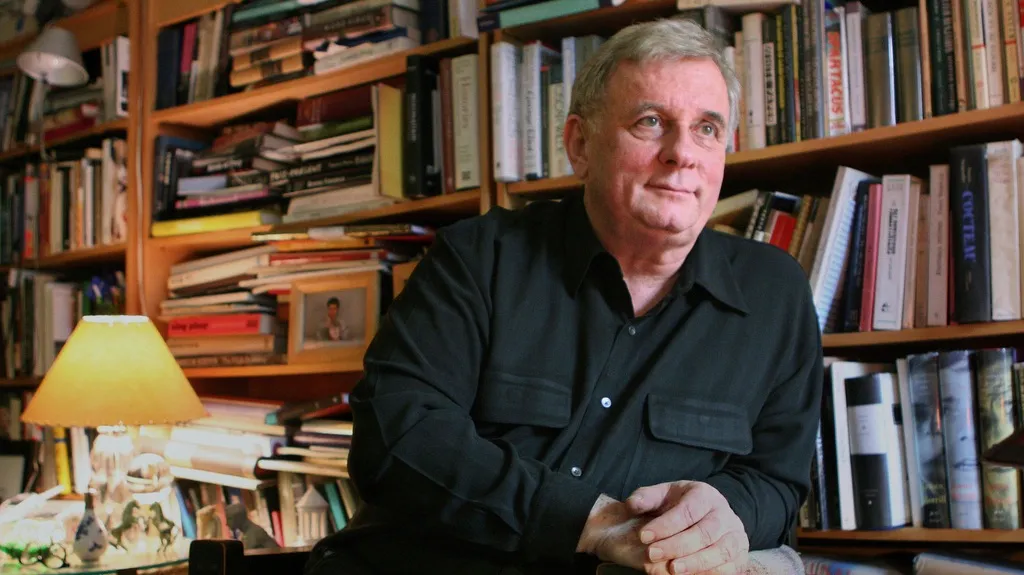August 3, 2012
When Gore Vidal Punk'd Heston
Jason St. Amand READ TIME: 2 MIN.
In the wake of Gore Vidal's death, the author's famous subversive insertion of a gay scene into the 1959 Biblical film epic "Ben-Hur," and the feud it caused decades later between Vidal and the film's star Charlton Heston, is once again making the rounds.
Vidal was called into the project to help doctor the script. One plot point involved the relationship between Ben-Hur, played by Heston, and the Roman tribune Messala, played by Stephen Boyd. The two had been boyhood friends but were now enemies.
When the scene was shot, Vidal instructed Boyd to play it as a love scene. At first Wyler balked but was convinced by the author.
"It will be nothing overt, but it will be perfectly clear that Messala is in love with Ben Hur," Vidal told the director.
Wyler agreed but told Vidal: "Don't tell Chuck he'll fall apart."
Vidal first publicly recounted the incident in the 1995 documentary "The Celluloid Closet," a film based on Vito Russo's seminal film history about LGBT characters in Hollywood films. The subtext had a special resonance since Boyd and Heston were two of the handsomest, hunkiest actors in Hollywood at the time (or anytime, for that matter).
When Heston found out that he had been punk'd, he wrote the Los Angeles Times, "Vidal's claim that he slipped in the scene implying a homosexual relationship between the two men insults Willy Wyler and, I have to say, irritates the hell out of me."
Vidal responded to Heston's angry letter with a long explanation of his role in the film and even teased the actor by calling him "the spokesperson for the National Rifle Assn."
"As for you, Chuck," the uthor wrote, "just remember that wise saying, Oh what a tangled web we weave when first we practice to deceive."
Heston, who started his career being famously liberal (as he accompanied Martin Luther King Jr. during the March on Washington in 1963), became ultra-right wing when he got older and was the president of the National Rifle Association from 1998 to 2003.
Los Angeles Times film critic Kenneth Turan wrote in 1996 that, "Seeing an appropriate clip makes a strong case for the truth of Vidal's assertion that Boyd was in on the scheme while Heston was not." Boyd later described to interviewers the way he played certain scenes totally aware of the homosexual subtext.
The intersection of implied same-sex loving in Bible-inspired film epics dates back to the silent era. Cecil B. DeMille's "The Sign of the Cross" has what is perhaps the most famous lesbian seduction scene in film history, in which a really, really nasty Roman tries to seduce an innocent Christian. In "The Robe," gay actor Ernest Thesiger played Emperor Tiberias as a raging queen.
Watch a video of Vidal explaining the scene below:


